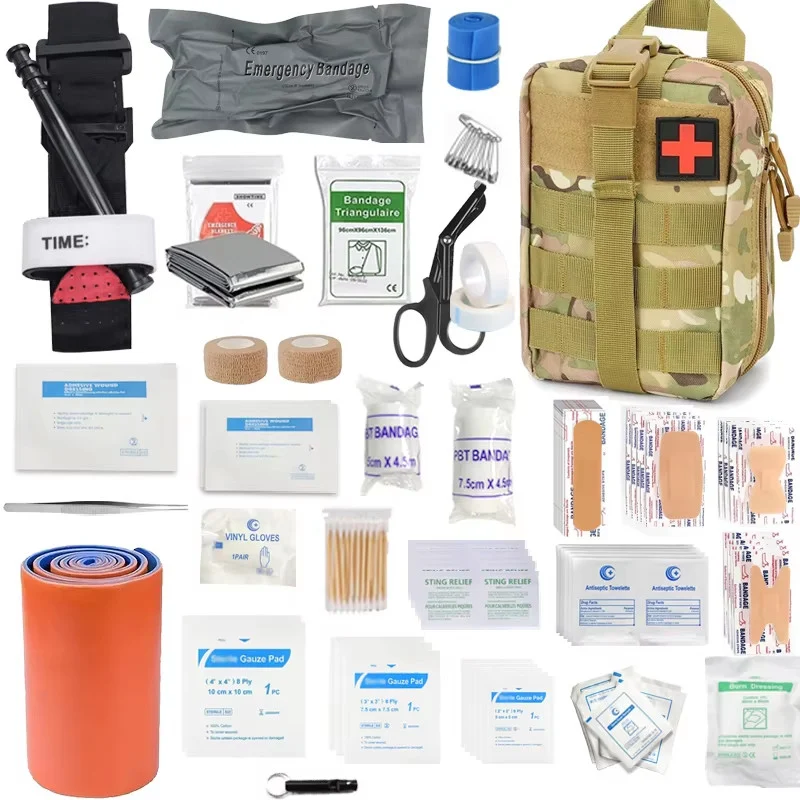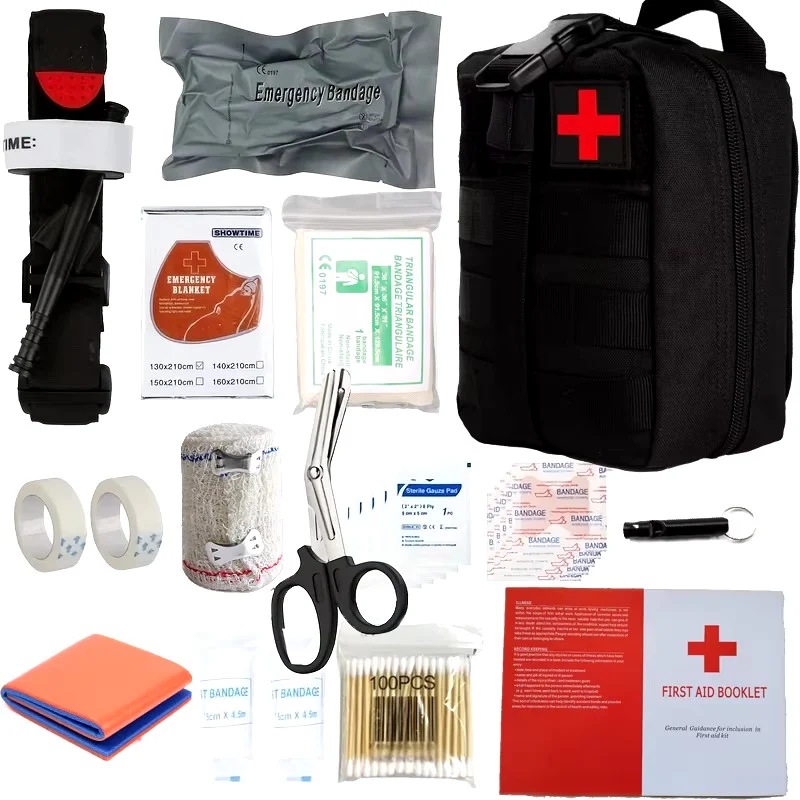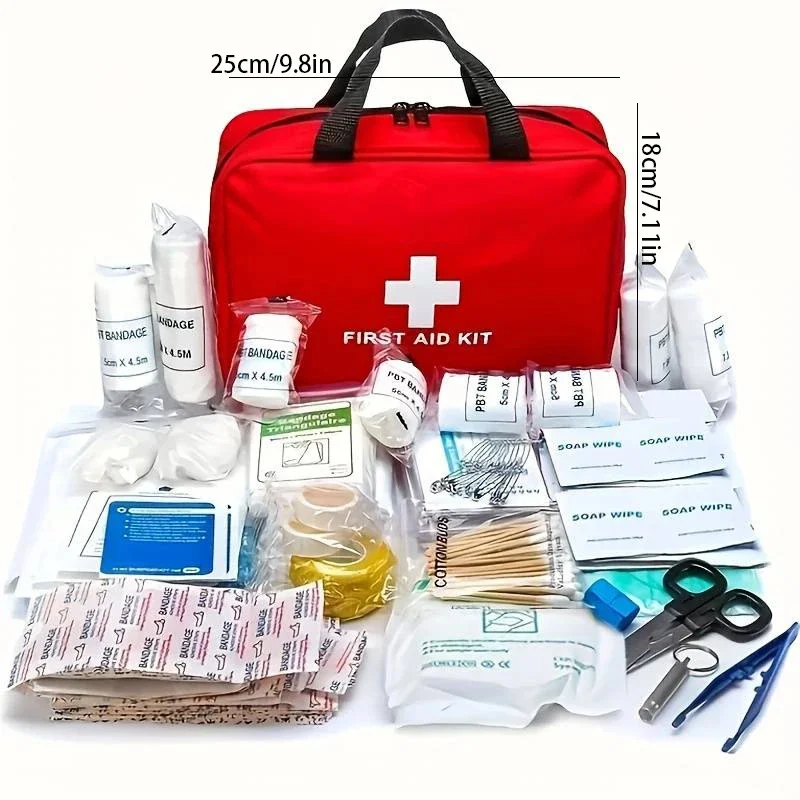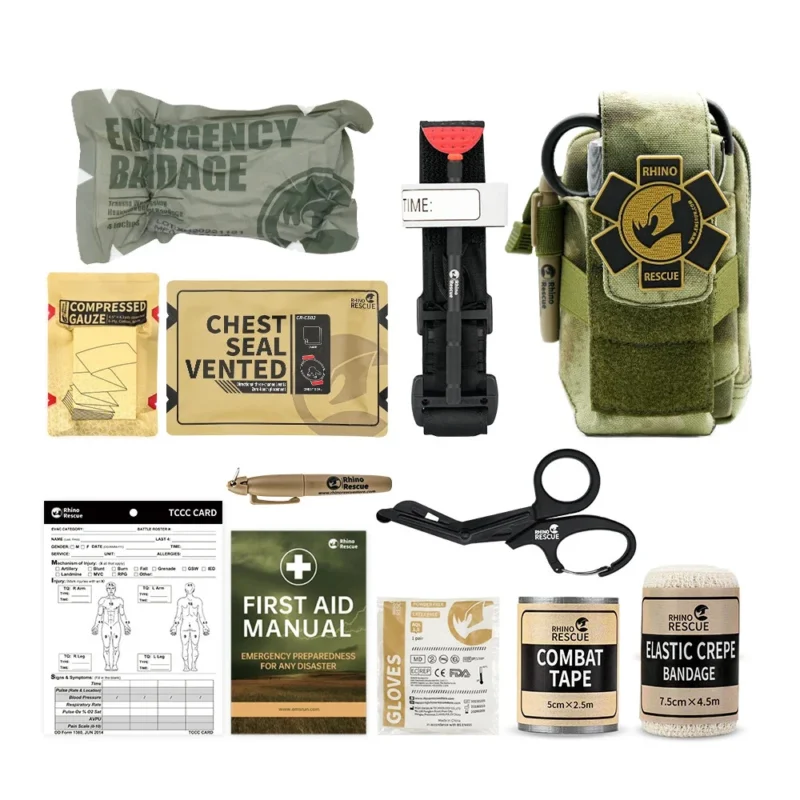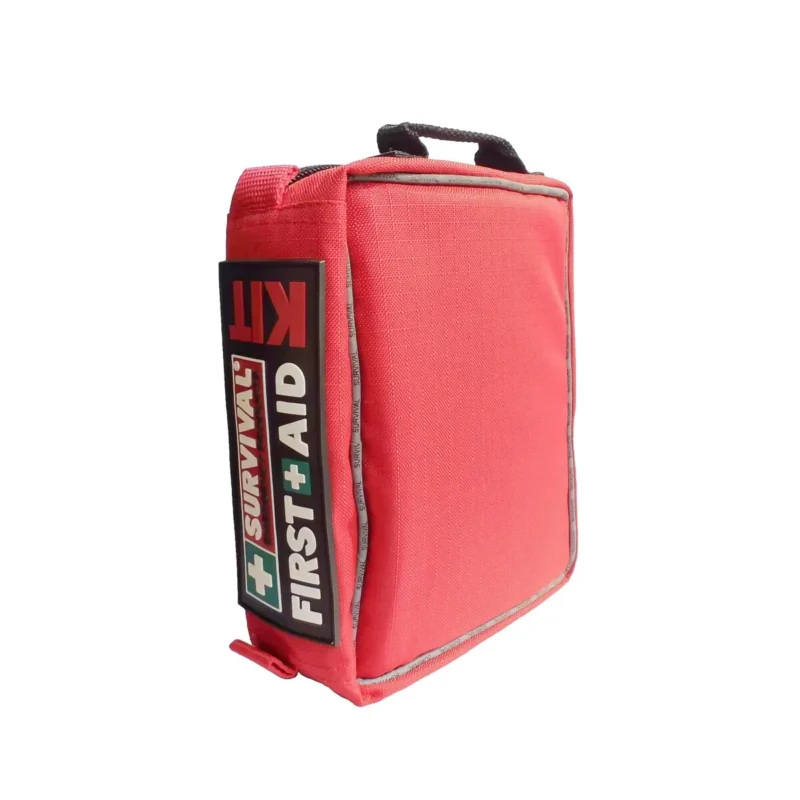Showing all 8 results
Why an Outdoor First Aid Kit is Essential for Every Adventure
Venturing into the outdoors comes with its own set of risks. A well-stocked Outdoor First Aid Kit is crucial for handling small injuries and preventing infections, transforming potentially bad situations into manageable ones. Let’s explore why these kits are vital and what key items they should contain.
Understanding the Importance of a First Aid Kit in Outdoor Settings
Outdoor environments pose unique challenges that necessitate a reliable first aid kit. Whether it’s a cut from hiking, a burn from a campfire, or an insect bite, quick and effective treatment reduces the risk of complications. A high-quality Outdoor First Aid Kit ensures you’re ready for these common outdoor injuries.
Key Components that Make an Outdoor First Aid Kit Essential
A comprehensive first aid kit should include a variety of supplies to address different injuries. Here are the essential components:
- Bandages and Dressings: For treating cuts and abrasions.
- Antiseptics and Cleansers: To prevent infections.
- Pain Relievers: Such as ibuprofen or paracetamol for managing pain.
- Tools: Scissors, tweezers, and safety pins for various first aid tasks.
- Personal Medications: Any specific medications required by individuals in the group.
- Tape and Zinc Oxide Tape: For securing dressings and supporting sprained joints.
- Sterile Wipes and Strips: For cleaning wounds and minor cuts.
- Accessories: Such as gloves, face masks, and emergency blankets.
- Trauma Pads: For larger wounds or heavy bleeding.
- Eyewash: To handle eye injuries or irritations.
How a Well-Stocked First Aid Kit Can Save Lives During Outdoor Activities
A well-stocked first aid kit can make a significant difference during emergencies. Quick access to necessary supplies can prevent minor injuries from becoming major issues. This preparedness enhances the safety and enjoyment of your outdoor adventures.
What to Look for in an Outdoor First Aid Kit: Content and Quality
Choosing the right first aid kit involves focusing on both content and quality. Here’s what to consider:
- Content: Ensure it includes a wide range of supplies for different types of injuries.
- Quality: Durable materials and high-quality medical supplies are essential.
- Waterproof Options: Waterproof kits protect supplies from damage in wet conditions.
- Rating: Look for kits with high ratings and positive reviews from other outdoor enthusiasts.
Essential Items Every Outdoor First Aid Kit Should Contain
Make sure your kit includes the following essential tools and supplies:
- Needle Tip Tweezers: For removing splinters and ticks.
- Disposable Gloves: To maintain hygiene while treating injuries.
- Crepe Bandages and Gauze: For covering wounds.
- Burnfree Sachets: For treating burns.
- Microporous Tape and Adhesive Dressings: To secure bandages in place.
- Emergency Blanket: For warmth in case of shock.
- Hydrocortisone Cream: For insect bites and rashes.
- Burn Cream: For treating minor burns.
- Moleskin: For blister prevention and treatment.
- Small First Aid Accessories: Such as safety pins and a whistle for signaling.
The Role of Quality and Durability in Outdoor Medical Kits
Quality and durability are crucial when selecting items for your outdoor first aid kit. Opt for strong tweezers, sturdy gloves, tough crepe bandages, and water-resistant microporous tape. These high-quality items provide reliable performance in emergency situations.
Comparing Waterproof and Standard First Aid Kits for Outdoor Activities
Consider a waterproof first aid kit for your outdoor adventures. A waterproof kit ensures that essential items like burnfree sachets and tweezers remain dry and usable in wet conditions. While regular kits are sufficient for many situations, a waterproof kit offers added protection against the elements.
Compact and Pocket First Aid Kits: Balancing Size with Necessity
For activities like backpacking, mountaineering, or cycling, the right size of the first aid kit is crucial. A compact first aid kit provides essential items without adding unnecessary weight to your gear. It’s all about finding the perfect balance between size and necessity.
Customizing Your Outdoor First Aid Kit for Specific Needs
Tailor your first aid kit to suit your specific adventure and the unique needs of your group:
Location-Specific Items
Add tick removers for tick-prone areas and blister plasters for long hikes.
Group Needs
Include extra supplies for larger groups or specific items like EpiPen’s for those with severe allergies.
Regular Maintenance
Regularly check and update your kit to ensure all items are within expiration dates and ready for use.
First Aid Kit Store’s Outdoor First Aid Kits provide the essential supplies needed for any adventure. By ensuring your kit is well-stocked, high-quality, and tailored to your specific needs, you can confidently handle emergencies and enjoy the great outdoors safely.
What should be included in an outdoor first aid kit?
An outdoor first aid kit should include all the essential items needed to treat common injuries and ailments that can occur during outdoor activities. This typically includes bandages, plasters, dressings, antiseptic wipes, a tick remover, a foil blanket for emergencies, and specific items for more severe injuries like eyewash solutions. A compact first aid kit designed for forest school and outdoor use is ideal for activities such as hiking, camping, and other outdoor adventures.
Why is a separate camping first aid kit necessary?
A camping first aid kit is specially designed for the unique needs of camping and similar outdoor activities. It includes items to deal with injuries that may occur in remote locations, such as blisters, insect bites, and minor wounds. These kits are designed to be compact and portable, ensuring that you have a comprehensive kit available without adding too much weight to your pack.
What are some essential items in a travel first aid kit?
A travel first aid kit should have a wide range of first aid supplies, including basic medications (pain relievers, antihistamines), plasters, bandages, antiseptic wipes, foil blanket, and a tick remover. Each kit is designed to address the most common travel-related issues, ensuring you’re prepared for minor injuries or ailments while on the move.
How should I maintain my first aid kit?
Regularly check your first aid kit to ensure that all items are in good condition and within their expiry dates. Items such as medications, antiseptic wipes, and bandages can deteriorate over time. Replace any used or expired items.



